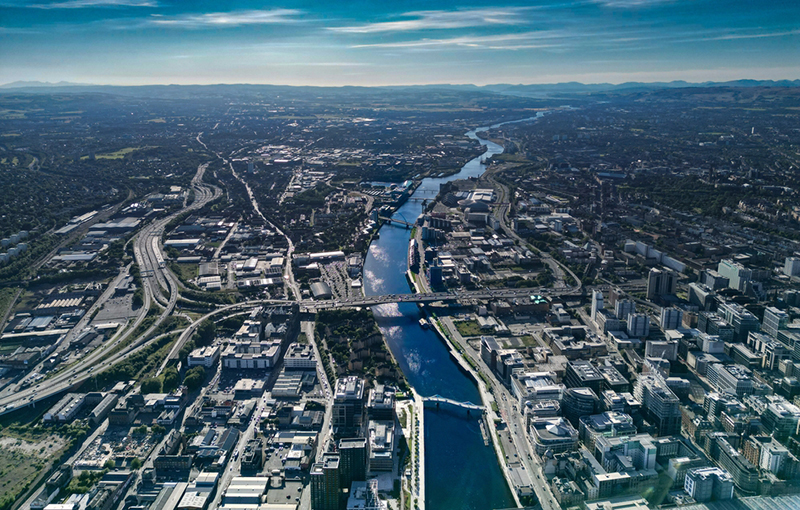
THE City of Edinburgh Council and Glasgow City Council have collaborated to explore how public realms can be made safer for women and girls.
A ‘first-of-its-kind’ event was hosted by the two local authorities to share progress made by both cities towards becoming more inclusive and safer.
The a tale of two feminist cities event, held at Edinburgh’s COSLA Conference Centre, was attended by professionals working in the built environment, as well as those from Violence Against Women and Girls, Police Scotland, public health, and councils.
The event explored a range of topics and themes, including the planning and design of public space and perception of safety, as well as applying the place standard tool through a feminist city planning lens.
A women’s safety factsheet and pro-forma document has been published as a result of the event. The content has been used to inform and guide the production of the draft Edinburgh design guidance, which has been developed for use by built environment professionals to ensure that women’s safety and inclusivity is at the forefront of placemaking.
The City of Edinburgh Council’s work in this area has been ongoing over the past few years. In November 2023, the Edinburgh as a Feminist City working group was set up with an aim to make Edinburgh safer by design.
Glasgow City Council has also been taking a feminist lens to the city for a number of years. In February 2020, a workshop was held at Maryhill Women’s Centre to inform the in development Active Travel Strategy in recognition that women and girls experience mobility differently. Transport and planning were also examined in November 2021 as part of the international award winning Girls@COP26. Exploring ten themes over ten days, co-created with Glasgow school girls, the pupils discussed the impact of the climate emergency and place amongst other matters.
Councillor Mandy Watt, the City of Edinburgh Council deputy leader and convenor for finances and resources committee, said, “I am pleased to see the joined-up approach between Glasgow and Edinburgh to identify ways to accelerate and prioritise the safety of women and girls in our cities. We’re proud of the work we’ve already done in this area, including looking at the ways in which the wider public realm can be a place where women feel comfortable in their surroundings, but acknowledge that there’s more to be done. In the Council’s Budget setting meeting two weeks ago, it was agreed that we will invest £12.5m this year and next in improvements to pavements, roads, streetscapes and lighting, in line with areas identified by a Women’s Safety survey. I look forward to a future where our cities are safer for women and girls.”
Bailie Anne McTaggart, city convener for communities and equalities at Glasgow City Council, added, “Glasgow has a proud history of women shaping our city, but they are often overlooked or are invisible. I was therefore particularly delighted that last week two female planners, Etive Curtie and Alison Laurence were named in The Planner’s Women of Influence list for 2025. It’s fitting that during our 850th anniversary we have made a commitment to rectify forgotten women and in the same year Glasgow honoured – for only the second time – a Glaswegian woman, Elaine C Smith, who was granted Freedom of the City, and that a generation of young female city futurists are entering adulthood and have already made their mark on Glasgow’s future. The sisterly approach between Edinburgh and Glasgow City Councils means that women and girls are also making their mark.”









